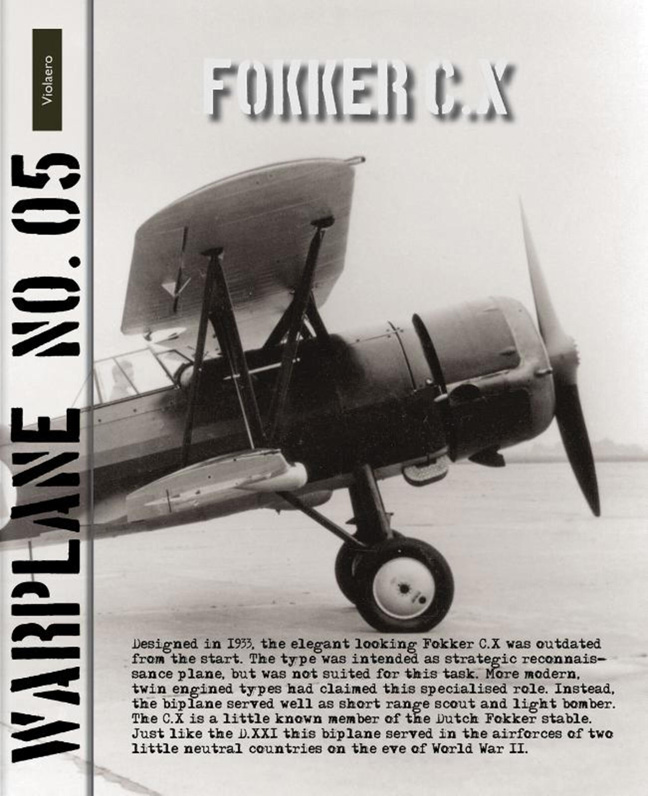Book contents
Summary
Fokker had celebrated great successes with the Fokker C.5, which had been sold to the Dutch army aircorps (LVA, or LuchtVaart Afdeling), naval air service (MLD, or Marineluchtvaartdienst), Netherlands Indies air corps (LA, or Luchtvaart Afdeling in Dutch) and no less than thirteen foreign air forces. Licenses had been sold to a number of customers as well. Without doubt, the C.5 was an important product in difficult economic times. By 1930, the C.5 was gradually being overtaken by aeronautical developments, and in 1931 Fokker sent an enquiry for the need of a successor to the LA, which operated 23 Fokker C.5E’s.
A response came, but as late as April of 1933, and only after a Fokker representative visited the LA headquarters. Fokker replied quickly, and sent all information on the Fokker C.10 on July 13th…
Commonly, Fokker used Roman numbers in type designations; C.X, D.XXI etc. For ease of reading, Arabic numbers are used in this book.
DEVELOPED FOR COLONIAL USE
Fokker representative Bruno Stephan visited Andir, Java, from January to March 1934 to promote the C.10 project. This resulted in a contract for a prototype, powered by a 610 HP Rolls Royce Kestrel IIS engine. The contract stipulated, that trials would be concluded by August of 1934. The machine actually made its first flight on October 9th 1934, with the LA registry FCx450. Fokker testpilot Emil Meinecke was at the controls. Seriously behind schedule, the trials were speeded up. Unfortunately, the prototype crashed in heavy fog on December 7th. By that time, Fokker was put under severe pressure by the LA, which threatened to buy aircraft abroad. The LA was keen to place an order, while Fokker could use firm orders to survive. If needed, Fokker would start building series production aircraft at their own risk, with an escape clause in case the first finished plane did not meet expectations. After recalculating the design and negotiations in Batavia, Netherlands Indies (currently Djakarta, Indonesia), an agreement was signed in February 1935 to purchase fourteen examples. The series production aircraft would be equipped with Kestrel V engines with 685 HP takeoff power. These machines would be known as C.10K (K for Koloniën, or colonial). The FCx450, although heavily damaged, was repaired and flight tests were continued in May.
By July, Fokker reported to the national newspapers that the first C.10’s were about to be delivered to the LA. This was far from true, the first series machine became available in August.
- Type
- Chapter
- Information
- Warplane 05Fokker C.X, pp. 2 - 48Publisher: Amsterdam University PressFirst published in: 2024

